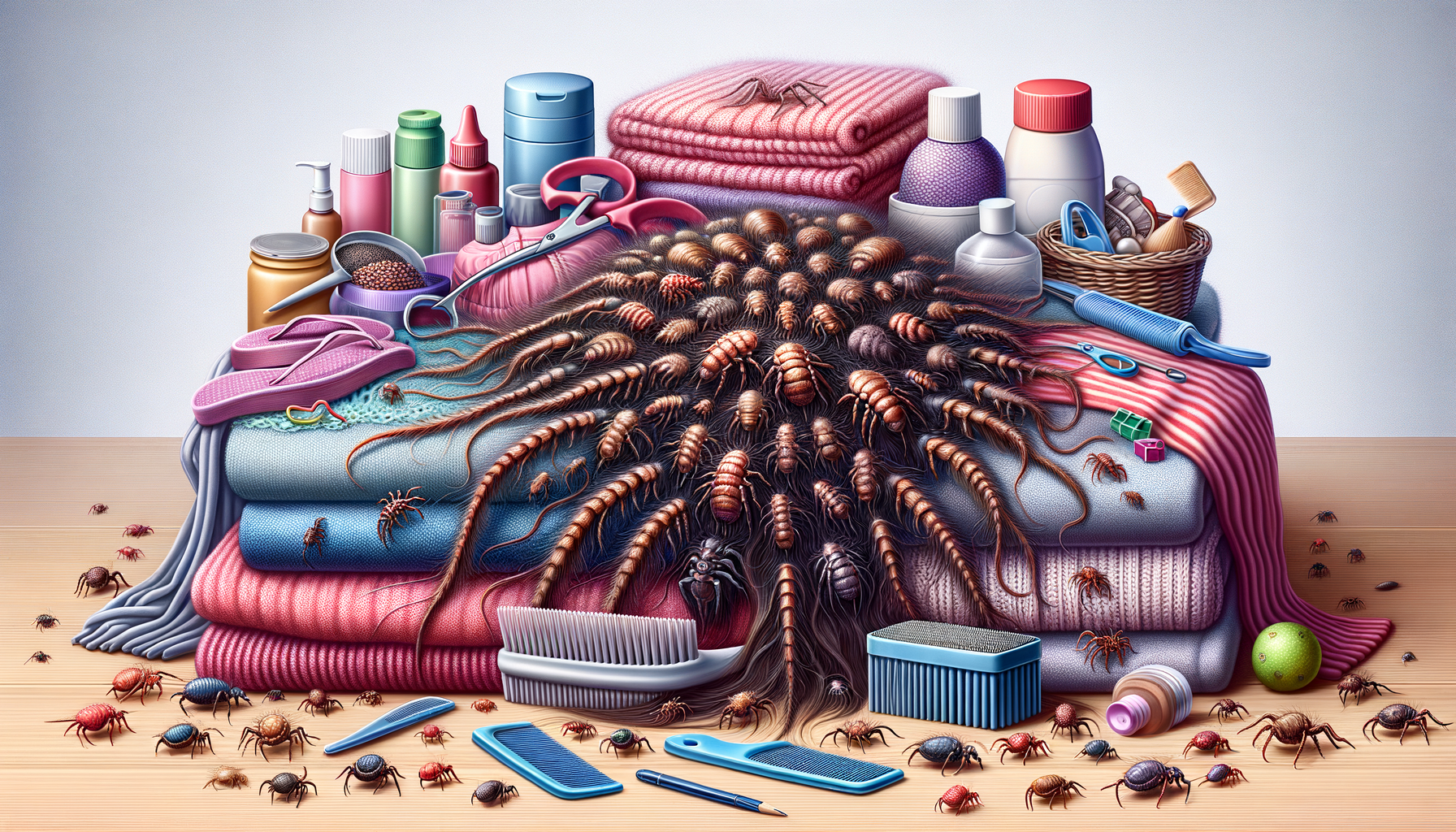
Where Lice May Hide — And It’s Not Just the Scalp
Introduction to Lice Awareness
Lice are tiny, wingless insects that have been a part of human history for centuries. Despite their small size, they can cause significant discomfort and social embarrassment. While many people associate lice with the scalp, these persistent pests can also inhabit other areas of the body. Understanding where lice may hide is crucial in effectively managing and preventing infestations. This awareness is not only important for personal hygiene but also for public health, as lice can easily spread in communal settings such as schools and workplaces.
Common Habitats: Beyond the Scalp
When most people think of lice, they immediately picture them nestled in the hair on the scalp. However, lice can also be found in other less obvious areas, such as:
- Eyebrows and Eyelashes: Lice can sometimes be found in the finer hairs of the face, causing irritation and redness.
- Body Hair: Body lice, different from head lice, can inhabit clothing and bedding, moving to the skin to feed.
- Beards and Mustaches: Facial hair can also serve as a habitat for lice, especially if hygiene is neglected.
These locations highlight the importance of thorough inspection and treatment beyond just the scalp, ensuring that all potential hiding spots are addressed.
Understanding the Lifecycle of Lice
To effectively combat lice, it’s essential to understand their lifecycle. Lice go through three stages: egg (nit), nymph, and adult. The entire cycle from egg to adult can take about three weeks, with eggs hatching in about 7-10 days. During this time, lice remain close to the scalp or other warm areas of the body. Recognizing the stages of lice can help in identifying an infestation early and applying appropriate treatments at each stage.
Regular checks, especially in children, can prevent lice from spreading and becoming a more significant problem. By understanding their lifecycle, individuals can take proactive steps to control and eliminate lice effectively.
Prevention and Treatment Strategies
Preventing lice requires a combination of personal hygiene and environmental management. Here are some strategies that can help:
- Regular Hair Checks: Especially important for children, regular checks can catch lice infestations early.
- Washing and Drying: Clothes, bedding, and personal items should be washed in hot water and dried on high heat to kill lice and their eggs.
- Avoiding Head-to-Head Contact: This is the most common way lice are spread, so minimizing direct contact can reduce the risk of transmission.
Treatment typically involves over-the-counter or prescription medications designed to kill lice. These treatments often need to be repeated to ensure that all lice and their eggs are eliminated. Additionally, natural remedies such as essential oils can be used, though their effectiveness varies.
Conclusion: Staying Informed and Vigilant
Lice are a common problem that requires awareness and proactive management. By understanding where lice may hide and how they live, individuals can take effective steps to prevent and treat infestations. Regular checks, proper hygiene, and informed treatment choices are key to keeping lice at bay. Staying informed and vigilant is essential for ensuring that lice do not disrupt personal and community well-being.